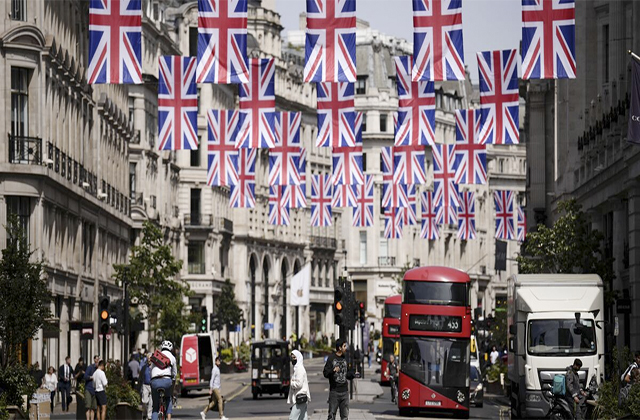Intermoney | The British CPI stagnated from August to September, while the year-on-year reading remained unchanged at 3.8% annually (compared to the 4.0% increase forecast by analysts) thanks to the decline in food and services. Similarly, the core CPI was lower than expected, falling by one tenth of a percentage point to 3.5% annually. Breaking down the report, food prices gave us the biggest surprise on the downside. It was their rise to 5% that had been a recent headache for the bank and the reason why they were taking an even more restrictive stance. In contrast, in September, food and non-alcoholic beverages fell to 4.5%, half a point below the bank’s own forecast. And we are not just talking about base effects, as prices fell by 0.2% in monthly terms.
With regard to the bank’s other major concern, the CPI for services maintained its growth rate at 4.7%, but is 0.3 percentage points below the bank’s forecasts thanks to a month-on-month decline of 0.3%. In addition, prices for basic services also showed a downward trend (from 5.0% in August to 4.7% in September) thanks to declines in items such as recreation and culture and less pressure from restaurants. On the other hand, fuel prices moved in the opposite direction, falling marginally compared to their performance in September 2024 (0.2% m. compared to 3.9%). This made the transport category the biggest contributor to the increase (0.19 p.p.), but this is not a cause for concern, as these are unfavourable base effects that we have also been observing in continental Europe.
It is worth noting that investors have reacted strongly, even though we had not recently seen CPI and employment data substantially change market expectations regarding rate cuts. However, their reaction to the September price report has been to increase the probability of a cut in December to 70%, compared to only 22% two weeks ago. We also saw strong buying across all gilt maturities, but especially in the short end, with the two-year yield falling 9 b.p. to 3.757% while sterling fell 0.3% to $1.33.
It should be clear that the Bank of England will remain unchanged at its next meeting, as it will want to know the details of the 26 November budget, but looking ahead to December, the door remained ajar. While a pause until 2026 seemed more likely, the balance is now tipping towards one last cut, influenced also by Governor Andrew Bailey pointing to the weakness of the labour market. However, the decisive factor will be the details of the autumn budget at the end of November.





